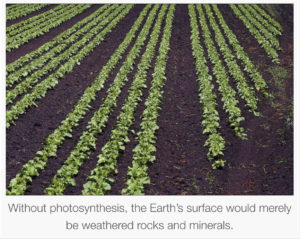Since the Industrial Revolution, human activities have sadly resulted in significantly less photosynthetic capacity due to the reduced area of green groundcover on the Earth’s surface. Human activity has also impacted the photosynthetic rate of the groundcover that remains.
Our role, in the community of living things of which we are part, is to ensure that the way we manage green plants results in as much light energy as possible being transferred to — and maintained in — the soil battery as stable soil carbon. Increasing the level of soil carbon improves farm productivity, restores landscape function, reduces the impact of anthropogenic emissions, and increases resilience to climatic variability.
It is not so much a matter of how much carbon can be sequestered by any particular method in any particular place, but rather how much soil is sequestering carbon. If all agricultural, garden, and public lands were a net sink for carbon, we could easily reduce enough CO2 to counter emissions from the burning of fossil fuels.
Everyone benefits when soils are a net carbon sink. Through our food choices and farming and gardening practices we all have the opportunity to influence how soil is managed. Profitable agriculture, nutrient-dense food, clean water, and vibrant communities can be ours… if that is what we choose.
http://ecofarmingdaily.com/soil-restoration-5-core-principles/?utm_source=Acres+U.S.A.+Community&utm_campaign=cdd63f9523-EMAIL_CAMPAIGN_2018_04_09_COPY_01&utm_medium=email&utm_term=0_65283346c2-cdd63f9523-167934821&mc_cid=cdd63f9523&mc_eid=51475d27ae


